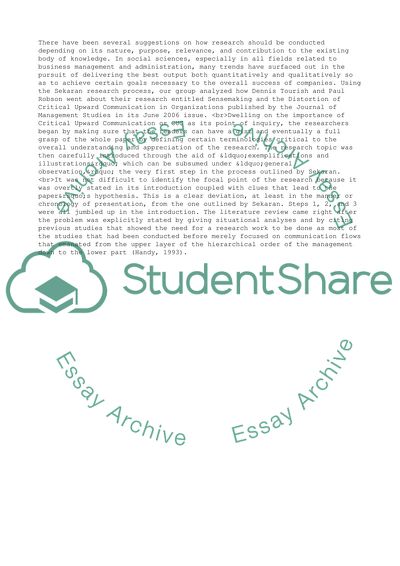Cite this document
(The Research Process Compared to Sekarans Research Roadmap Assignment, n.d.)
The Research Process Compared to Sekarans Research Roadmap Assignment. Retrieved from https://studentshare.org/business/1543715-group-project
The Research Process Compared to Sekarans Research Roadmap Assignment. Retrieved from https://studentshare.org/business/1543715-group-project
(The Research Process Compared to Sekarans Research Roadmap Assignment)
The Research Process Compared to Sekarans Research Roadmap Assignment. https://studentshare.org/business/1543715-group-project.
The Research Process Compared to Sekarans Research Roadmap Assignment. https://studentshare.org/business/1543715-group-project.
“The Research Process Compared to Sekarans Research Roadmap Assignment”, n.d. https://studentshare.org/business/1543715-group-project.


